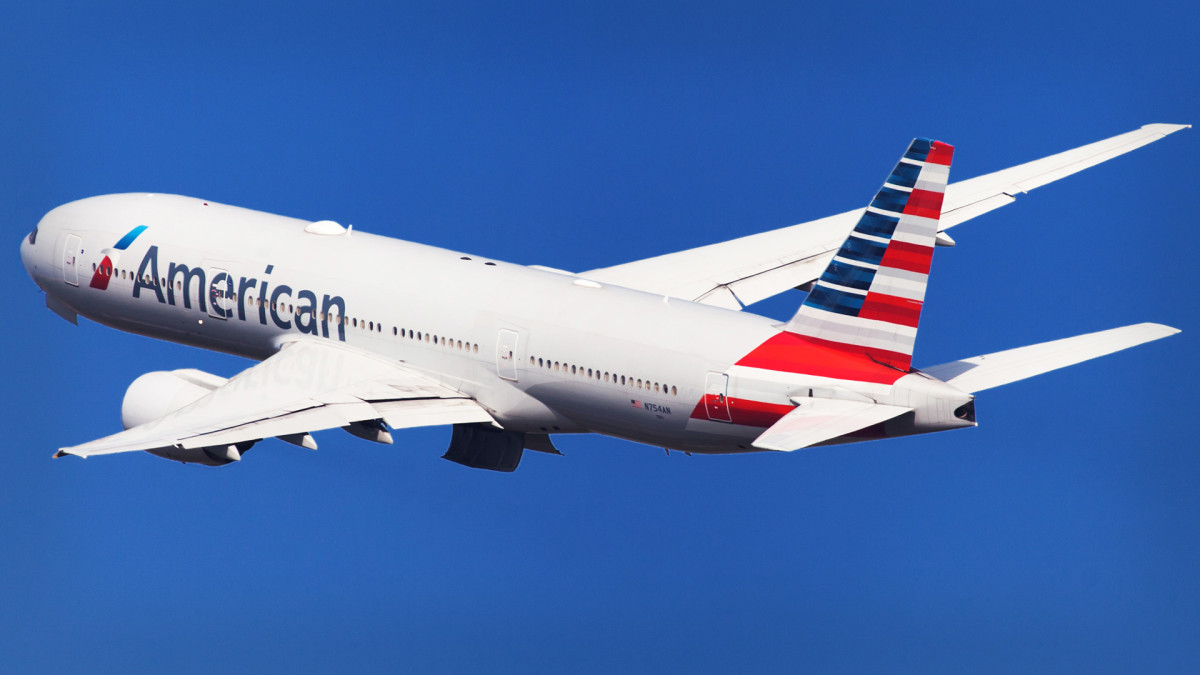
As travelers in the U.S. fly to their destinations for business and pleasure, they have come to expect an increasingly sophisticated set of in-flight entertainment experiences.
Delta Air Lines (DAL) -), for example, offers passengers entertainment options such as movies, TV shows, music, and games.
Related: Royal Caribbean and Carnival Cruise passengers face a new charge
Similar options are available on United Airlines (UAL) -) and Southwest Airlines (LUV) -) flights.
These features of the travel experience have become so common that travelers assume their availability as they look for ways to enhance their trips.
And of course, as people become increasingly dependent on internet connectivity, access to dependable wi-fi has surfaced as another vital in-flight offering.
American Airlines (AAL) -) has a good reputation for its wi-fi service on domestic flights. It's relatively expensive, but it works, at least for its mainline aircraft traveling between major U.S. airports.
On a regional level, however, American's wi-fi connectivity hasn't been great. But that, the carrier says, is about to change.

Image source: Shutterstock
American Airlines plans high-speed wi-fi expansion on regional planes
American says it provides high-speed connectivity on more aircraft than any other domestic airline. It also says it's expanding that service to more of its flights.
"Over the next two years, the airline intends to help even more customers have a consistent and connected inflight experience through the forthcoming introduction of high-speed Wi-Fi on the dual-class regional aircraft operated on its behalf," the carrier said in a statement. "American is working to extend its relationship with Intelsat with the plan to install new high-speed Wi-Fi capability on nearly 500 regional aircraft beginning next year."
Intelsat is a multinational satellite services provider. Its U.S administrative headquarters are in Tysons Corner, Va.
"Inflight connectivity technology continues to evolve rapidly across the airline industry," American said. "Intelsat’s Electronically Steered Array (ESA) antennae is unique because it is multi-orbit, interoperating on both Intelsat’s family of geo-stationary satellites and on a constellation of Low-Earth Orbit (LEO) satellites, providing low latency high-speed internet connection to American’s customers."
"This new technology will allow these regional aircraft to match fast Wi-Fi speeds that are currently available on American’s mainline aircraft," the statement continued. "With the planned purchase of this new technology, American is reinforcing its commitment to provide a consistent and connected experience for customers on all of American’s connectivity-equipped flights with the ability to stream, browse, check email and even log onto VPN while inflight."
The change surprises a travel expert
One commentator on modern travel experiences had a few things to say about Americans' planned regional wi-fi improvements.
"A year ago I wrote that it's time for American to put better internet into its regional jets. I did not expect it," wrote Gary Leff on The View From the Wing. "Delta is making this investment, and they must have found that there are a lot of customers like me — who will book away from the airline because they haven’t yet made this investment — because they’ve just announced plans to install wifi in ‘nearly 500 regional aircraft’."
The major U.S. carrier is making the right move with this plan, Leff appears to suggest.
"That’s the place American Airlines must expect to find itself in with its larger regional jets, as technology passes them by. They have excellent internet in their domestic mainline aircraft," he wrote. "Their widebody aircraft not yet as much, and on their regional planes it’s unusable. It now seems those regional jets will receive desperately needed attention."
Get exclusive access to portfolio managers and their proven investing strategies with Real Money Pro. Get started now.







